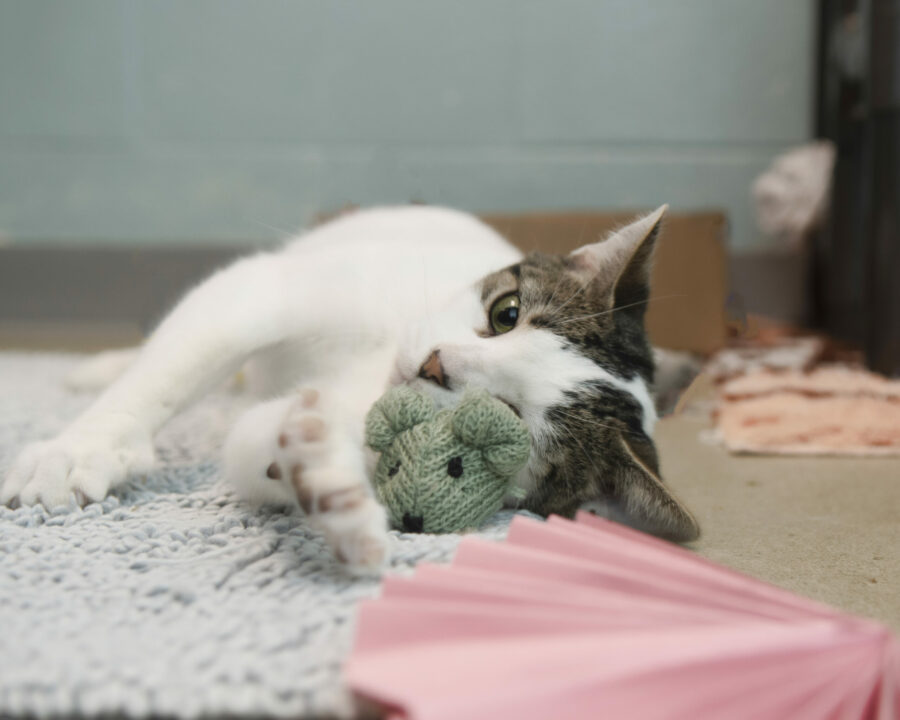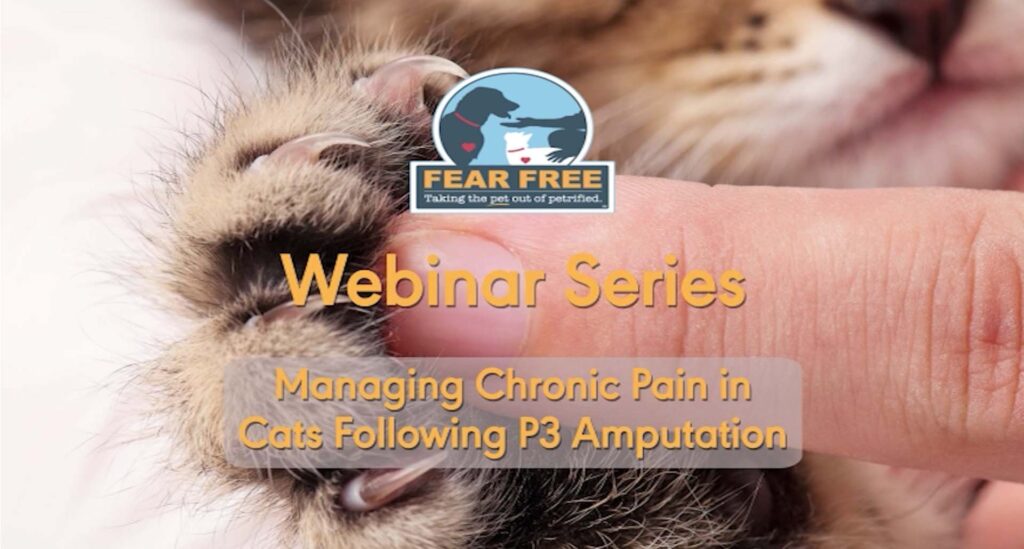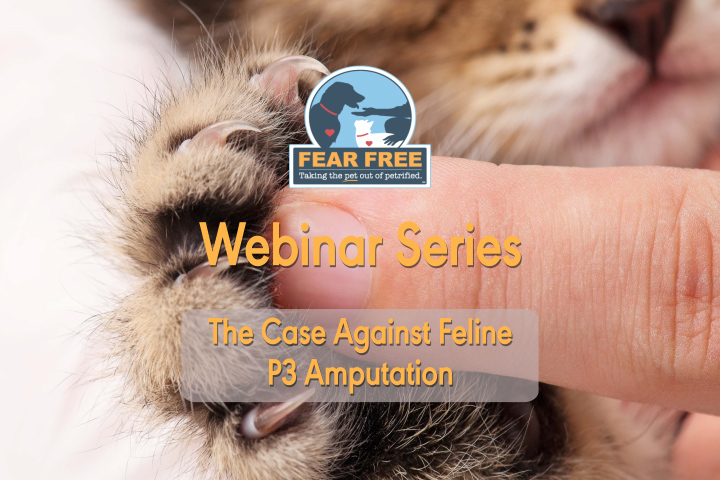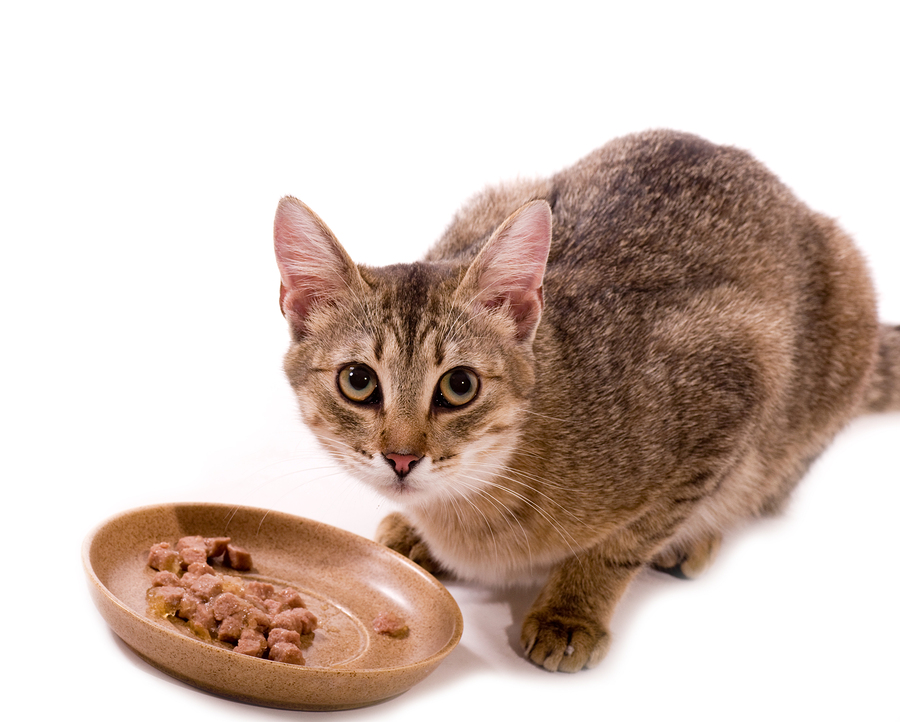
Animal shelters are probably one of the places that cause the most anxiety for a pet. They are confused and scared in the unfamiliar surroundings. More and more shelters are using the skills they learned from the Fear Free program for dealing with distraught and frightened animals. The more that shelter staff use what they learn from the Fear Free program, the more animals they can help to become happy and adoptable pets.
“The Animal Welfare League of Alexandria (AWLA) has always strived to provide the best care to the animals in our facility, and by having all of our staff undergo Fear Free training, we are expanding the way we can help animals be healthier and more comfortable,” says executive director Stella Hanly. “I’ve been so excited to see how our staff has expanded upon these core principles to engage with each animal individually and help them on these next steps of their journeys.”
The Virginia-based nonprofit shelter has been a refuge for homeless pets since 1946. The shelter cares for more than 2,000 animals per year: everything from cats and dogs to iguanas and chinchillas. Five hundred volunteers provide a much-needed boost to day-to-day staff.
Gina Hardter, director of marketing and communications, first became aware of the Fear Free program several years ago when she was looking for a course on dog behavior.
After looking into the program, shelter management decided the entire staff would benefit from Fear Free certification. “We are always looking for ways to advance the level of care we can give to our animals, to keep them happy and healthy,” Hardter says. “The Fear Free approach provided structured guidance that could be used consistently by all of our teams.”
Becoming Fear Free certified gave the team direction in practices they had been considering, says adoptions manager Sean Furmage. “It was a good way for all of us to be working from the same set of information, especially about animal body language, as well as great advice on how to reduce stress in our interactions.”
The personal victories with certain animals have been another benefit of Fear Free certification. Furmage recalls a young terrier mix named Buddie, who was shy and appeared frightened of the men on staff. Furmage spent several weeks simply walking by and tossing her treats, not forcing an interaction, and eventually began to sit with her while attempting to take her outside the kennel. When two male adopters came to meet her, he explained to them what they might see with her.
“During their first meeting, she mostly just watched them from a distance. But then they came back a second time and a third time, and that time, she let them pet her and you could see in her body that she wasn’t as scared,” says Furmage. “We offered them the chance to foster her so they could get to know her even better, and I actually drove her to their house so she felt more comfortable. A week later, they adopted her and have sent us the cutest photos of how well she’s doing with them now.”
Julian Carter, animal care and behavior associate, says becoming Fear Free certified has made a difference in his awareness of animals’ boundaries and how respecting those boundaries can help each animal be more comfortable and less anxious.
“We’re lucky because we can give animals the time and space they need to feel comfortable and, by observing their behavior and reading body language, it helps to cut down on stress and injuries or actions that may result from it.”
Carter had his victory moment with a young, energetic dog named Juice. “He pulled a lot on his leash, was reactive in his kennel, and he didn’t really have any manners. We realized that he needed time to feel comfortable with people, and the consistency of a training plan so that everyone who was working with him was doing the same thing. It helped him to build expectations, which made him more comfortable around people as well as learning manners and tricks that would be helpful when he went to his new home.”
Several trained staff and volunteers worked with Juice. They took him outside so he could burn off excess energy, making his training fun. Soon, it was wonderful for staff and volunteers to see how far he had come from those days of barking and growling in his kennel. Carter says, “Juice actually just went home earlier this week because of the Fear Free treatment and training approach, which helped get him ready for a home environment.” While ultimately that home was not the right fit for Juice, the team at AWLA continues to work with the dog on his training plan to help him grow and be ready to meet his future family.
Working with sick and injured animals is certainly more challenging than healthy ones. Arianne Killen, senior manager of veterinary and foster care, has worked at AWLA for nearly four years. She says when she’s examining animals and performing standard care, she thinks more about the animal’s stress levels and what she can do to keep their anxiety levels down.
 Whenever she’s in the veterinary suite, she remembers her Fear Free training. “They are already in pain and probably very stressed,” Killen says, “but by keeping calm, quiet, and moving slowly and predictably, I can help prevent that stress level from rising, which could make them feel even worse.”
Whenever she’s in the veterinary suite, she remembers her Fear Free training. “They are already in pain and probably very stressed,” Killen says, “but by keeping calm, quiet, and moving slowly and predictably, I can help prevent that stress level from rising, which could make them feel even worse.”
A cat named Church came to the AWLA shelter after being at another shelter for about six months and not getting much attention from potential adopters. He hid under his bed when people came around.
“He was also a little shy about people being around his head because of previous medical treatments,” Killen says. “I realized he was the kind of cat that you just needed to follow his lead. If I put my finger out, he would slowly come up and sniff it, then rub his head against it. Once I did that, he was so much more comfortable with me, and then I could work with him much more reliably to provide medical attention.”
Hardter recalls an older Cocker Spaniel who came into the shelter. His leg had been amputated after an injury, and he would yelp or scream whenever anyone touched him, or even if he thought they were going to touch him.
“We could tell he was beyond stressed but did not know how to help,” she says. “We followed his lead by giving him space to be with us without forcing an interaction and soon found he was following close behind us, even though he still didn’t want to be touched. One evening when our office was empty, I just sat on the ground near his bed and started talking to him. I wasn’t looking at him but just chatting in a calm, even voice.”
She started reading him her emails because she didn’t know what else to say. Suddenly, she felt something on her arm. To her surprise, he had approached her on his own and leaned gently against her.
“Because of his location, I was able to pet him on his neck – and he didn’t scream. We sat that way for 20 minutes,” Hardter says. “He still had a way to go before he was ready to find his family, but that was our first sign that he was ready to start that journey and, because we followed his lead, I think he learned that he could trust that people were safe to be around and just wanted to help him.”
This article was reviewed/edited by board-certified veterinary behaviorist Dr. Kenneth Martin and/or veterinary technician specialist in behavior Debbie Martin, LVT.








